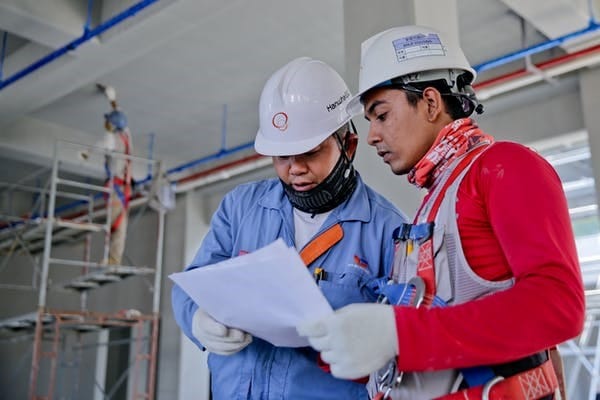Workplace injuries don’t benefit anyone. The employees go through the pain and hardships that come with serious injuries, while the employers pay for the damages done. It’s a lose-lose scenario. This is why we need to take appropriate steps to ensure the workplace sees as few injuries as possible. What we especially want to do is upgrade workplace safety to the point where we can deal with a catastrophe (and hopefully, how to avoid it from happening in the first place).

1. Make Sure Your Employees are Properly Trained
Everything begins with the employees. If your employees do not pay attention to (nor care for) safety regulations, then you can’t expect them to fully understand their necessity. People are subjective beings. They, usually, won’t realize the severity of something until it has happened to them or to someone close to them. Your job is to make sure a catastrophe doesn’t need to happen in order for employees to realize the importance of safety. Making sure your employees have proper safety training is the best way of making them prepared for any dangerous situations that might occur. Better safe than sorry.
Their behavior and approach to safety can be heavily influenced by your workplace culture. If you foster a culture of safety, you are far more likely to get the message across to your employees on the necessity of being careful around the workplace. Having proactive conversations once a week or once a month is a good way to keep the employees in the loop and try to find new ways of reducing workplace injuries and incidents. What’s important is for you to be open on the matter and let the employees speak their minds. Who knows, they might have the best idea for safety improvements but they are too afraid to speak up about it.
2. In the case of a Natural Disaster
When a natural disaster happens, you need to know the proper procedure in order to deal with it by minimizing financial losses and personnel injuries. Address any possible structural issues that you have. They will result in a lot more damage if an earthquake were to happen. Make sure that your documents and vital records are in the safest part of the building, as losing those materials would be devastating for your business.
Last, and most importantly is safety protocol. Depending on the area where your business is, you need to write a business plan. This helps you understand that you will be dealing with different possible natural disasters so you should take the required time to make sure every one of your employees knows what to do in such times. If the ground starts shaking, you know an earthquake is in question. The appropriate response should be to drop to the floor, take cover, and hold on. This doesn’t mean it can apply to every single situation, you need to make sure that there is nothing that can fall onto you (especially if it is potentially lethal).
3. Adequate Handling of Tools and Equipment
It might sound obvious but a lot of people neglect just how much it matters to be capable of using workplace tools and equipment. We don’t mean just knowing the basics, but fully understanding the equipment in question. If you do not know the drawbacks and potential dangers that a tool brings then you are not qualified to handle it. Only allow people to operate machines that they are qualified to operate.
Another factor is having adequate equipment, to begin with. How do you expect your employees to deal with a toxic spill if you do not have the necessary spill kits needed to handle it safely while minimizing damages?
4. Guarantee Proper Maintenance
Maintenance is what keeps everything running smoothly and minimizes the possibility of a catastrophe from happening. Any spills or irregularities should be dealt with as soon as possible to avoid them from resulting in further problems (or injuries). Machines should be regularly inspected in order to avoid any irregularities that might lead to critical failures down the line. So, always before starting work, make sure that everything is tidy, functional, and ready for work. If you do this regularly, the chances of a catastrophe happening become astronomically lower.
As an employer, the responsibility lies with you to make sure the workplace environment remains safe for work. Both for the people, and your business. Hopefully, you have found new ways of making the workplace a safer place and will begin their implementation.




Recent Comments